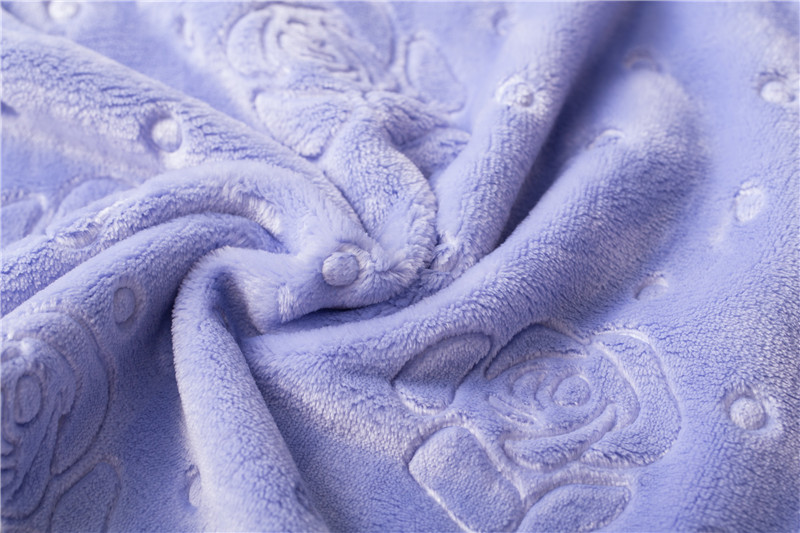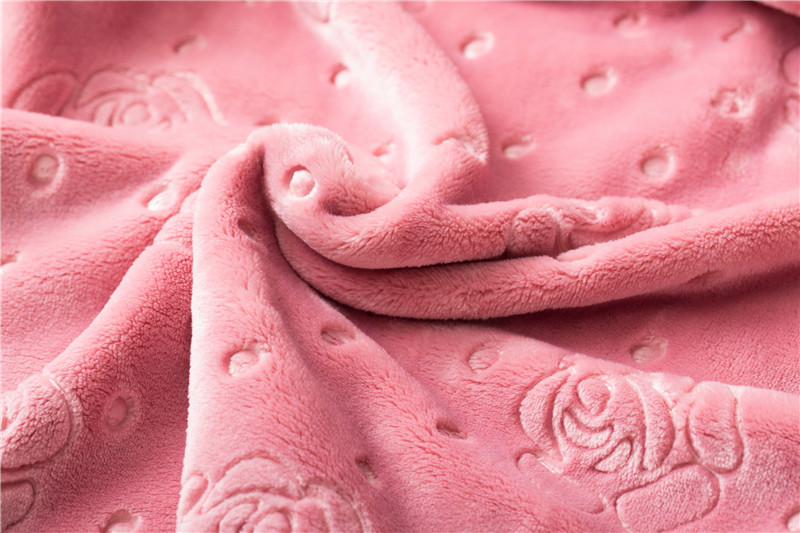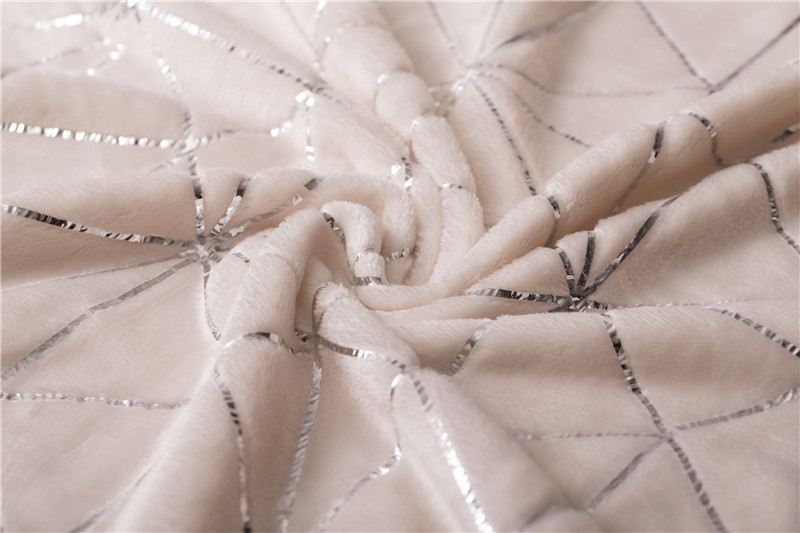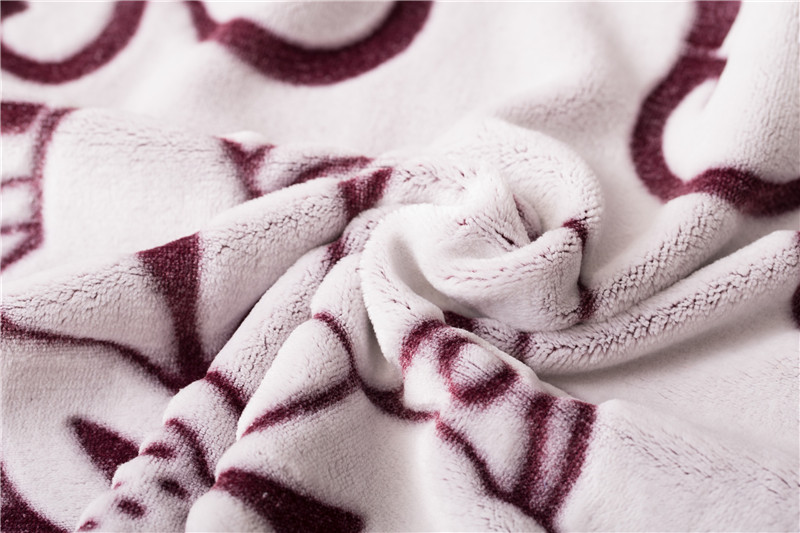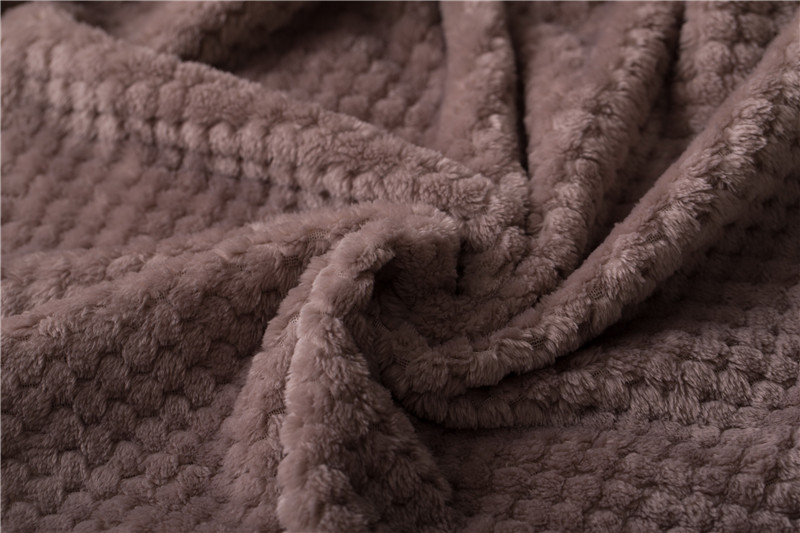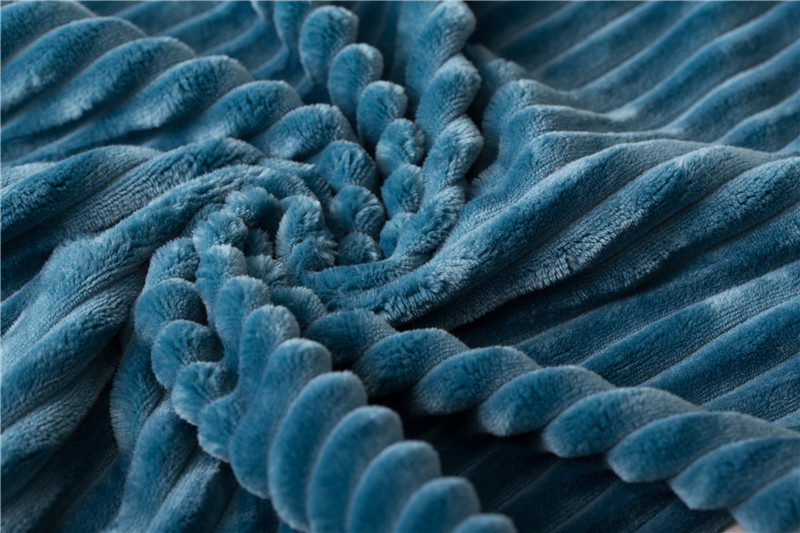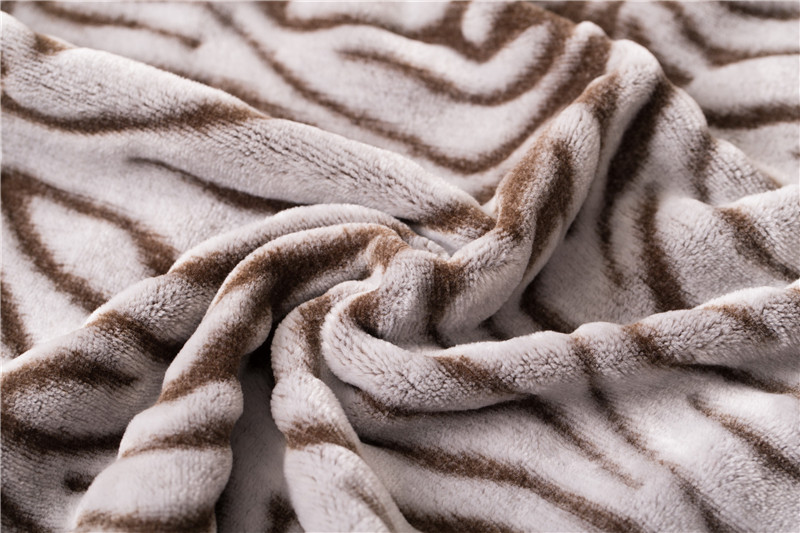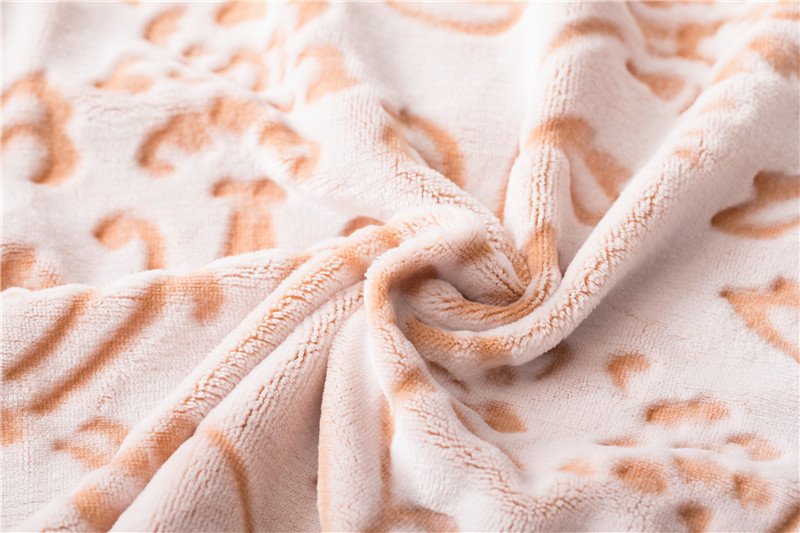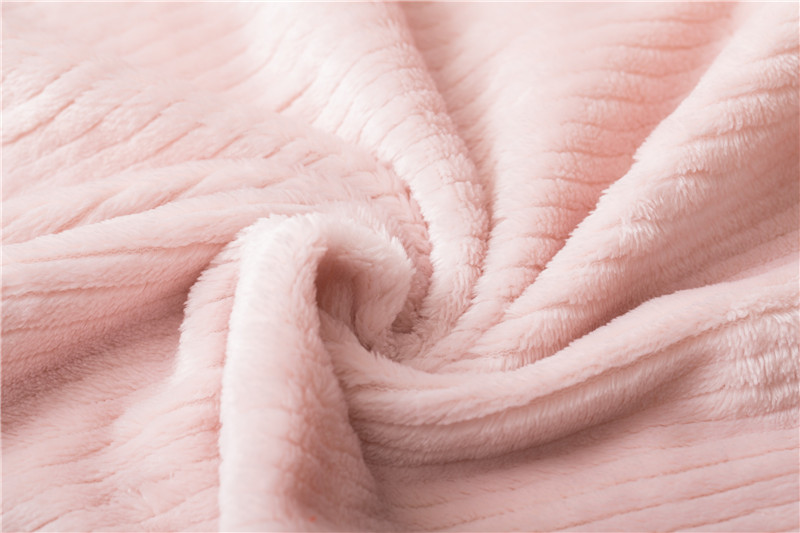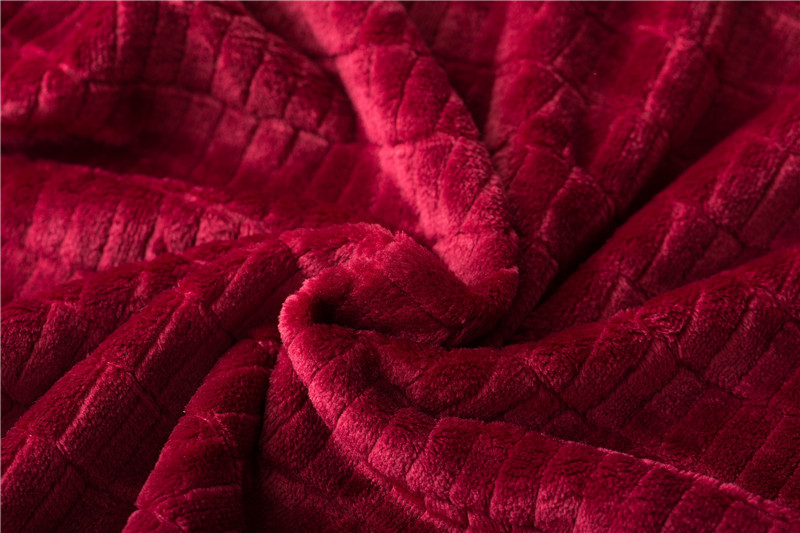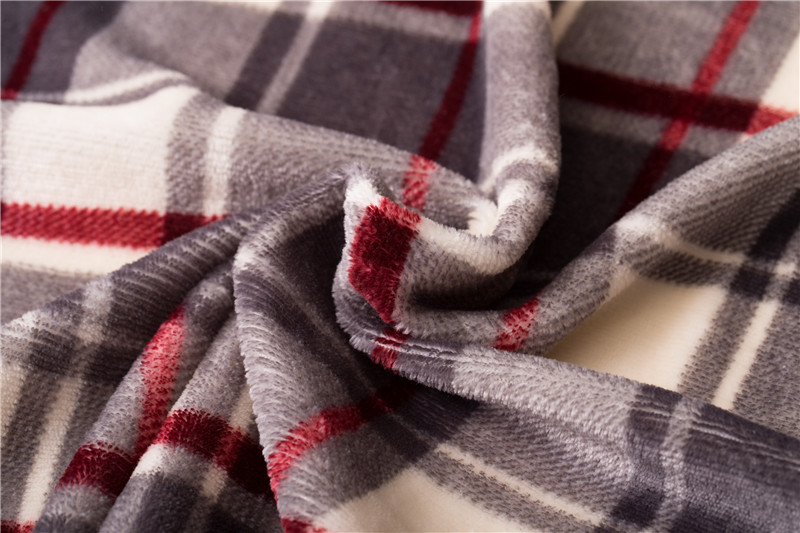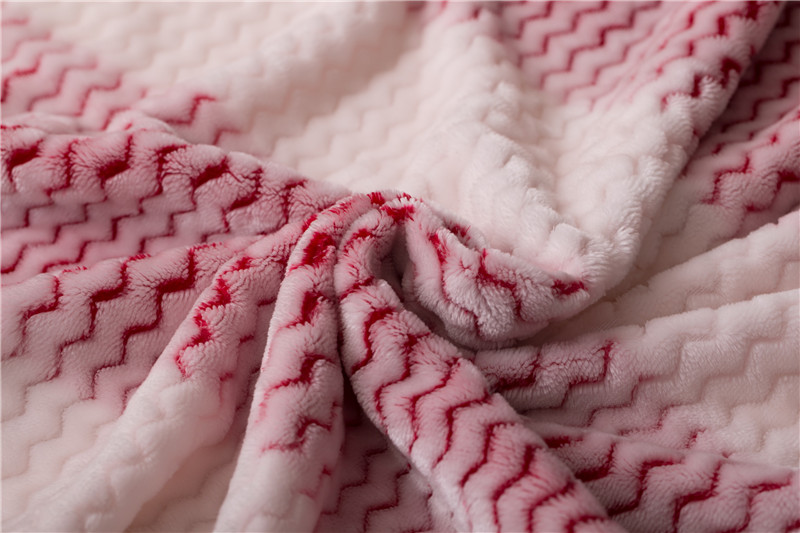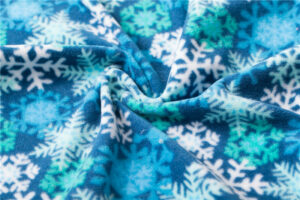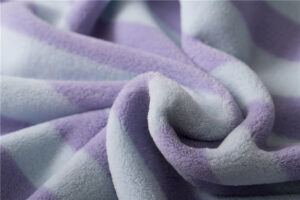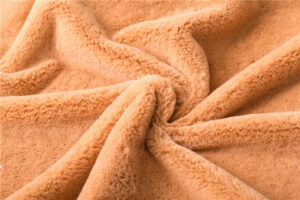What is Flannel Fabric?
Flannel Fabric has a simple and elegant color, which can be divided into light gray, medium gray and dark gray. It is suitable for making spring and autumn men’s and women’s tops and trousers.
Flannel fabric is a beloved textile known for its warmth, softness, and versatility. Whether used for cozy clothing or comfortable home textiles, it remains a popular choice for those seeking both comfort and style. By following proper care instructions, you can maintain the quality and longevity of flannel items.
The flannel has high weight, fine and dense fleece, thick Fabric, high cost, and warmth retention. it is good. The flannel surface is covered with a layer of plump and clean fluff, no texture, soft and smooth to the touch, and the bones are slightly thinner than Melton. After milling and raising, the hand feel is plump and the suede is fine.
Flannel color plain Plush generous, more delicate and dense and thick fabrics, warm and good.
Flannel fabric is a soft, warm, and versatile textile, commonly used for clothing and home items. Here are key details about flannel fabric:
Characteristics of Flannel Fabric:
- Material:
- Natural Fibers: Often made from cotton, wool, or a blend of these.
- Synthetic Blends: Can also include synthetic fibers like polyester for added durability and wrinkle resistance.
- Texture:
- Soft and Fuzzy: Achieved through a process called napping, where the fabric is brushed to raise fine fibers.
- Warmth: Provides excellent insulation, making it ideal for cooler climates.
- Weight:
- Available in various weights, from lightweight to heavy, depending on the intended use.
Types of Flannel:
- Cotton Flannel:
- Made from cotton fibers, it is breathable, soft, and absorbent.
- Commonly used for shirts, pajamas, and bed linens.
- Wool Flannel:
- Made from wool fibers, it is thicker and warmer than cotton flannel.
- Often used for outerwear, trousers, and suits.
- Synthetic Flannel:
- Made from polyester or other synthetic fibers, it is durable and resistant to wrinkles and shrinkage.
- Used for a variety of applications, including clothing and home textiles.
Uses of Flannel Fabric:
- Clothing:
- Shirts: Flannel shirts are a classic staple, especially popular in colder weather.
- Pajamas: Soft and warm, ideal for sleepwear.
- Jackets and Coats: Wool flannel is often used for outerwear due to its insulating properties.
- Home Textiles:
- Bedding: Flannel sheets and blankets provide warmth and comfort during cold nights.
- Blankets and Throws: Used for extra warmth and coziness on sofas and beds.
- Curtains: Adds a warm and rustic touch to home decor.
How to do maintanance:
- Washing:
- Cotton Flannel: Machine washable with cold or warm water. Use a gentle cycle to prevent pilling.
- Wool Flannel: Usually requires dry cleaning or hand washing with a mild detergent. Avoid hot water to prevent shrinking.
- Drying:
- Cotton Flannel: Tumble dry on low heat or air dry to minimize shrinkage and maintain softness.
- Wool Flannel: Lay flat to dry or use a low heat setting in the dryer with caution.
- Ironing:
- Iron on a low to medium heat setting if needed. Use a pressing cloth to prevent scorching.
Advantages of Flannel Fabric:
- Warmth and Comfort: Provides excellent insulation, making it ideal for cold weather.
- Softness: The napping process gives flannel its characteristic softness.
- Versatility: Suitable for a wide range of applications, from clothing to home decor.
Disadvantages of Flannel Fabric:
- Pilling: Flannel can pill over time, especially with frequent washing and wear.
- Shrinkage: Cotton flannel can shrink if not washed and dried properly.
- Durability: Synthetic blends may be more durable but can lack the natural softness of cotton or wool.
What is flannel fleece blanket?
| Name | Double Sided Flannel Fleece Fabric for Blanket Baby Flanne Fabric |
| Supply Type | Make-to-Order |
| Material | 100% Polyester |
| Feature | Anti Pill, Waterproof, Heat-Insulation, Double Faced, Brushed Sueded |
| Technics | Knitted |
| Style | jacquard |
| Type | Flannel Fabric |
| Width | 50/52″ |
| Certification | OEKO-TEX STANDARD 100 |
| Density | 288F |
| Pattern | jacquard |
| Use | Home Textile, BABY & KIDS, Home Textile-Bedding, Home Textile-Blankets/Throws, Toy |
| Yarn Count | 150D |
| Product name | Single-sided flannel jacquard lattice |
| Fabric | flannel fabric |
| Sample | Frees |
| MOQ | 500KG |
| Usage | Home Textile Upholstery |
| Logo | Customized Logo |
We supply all kinds of sherpa fabric blankets and throws, Shu cotton velveteen fabric blankets and throws from China and Viet Nam bulk volume. Please feel free to contact us!
